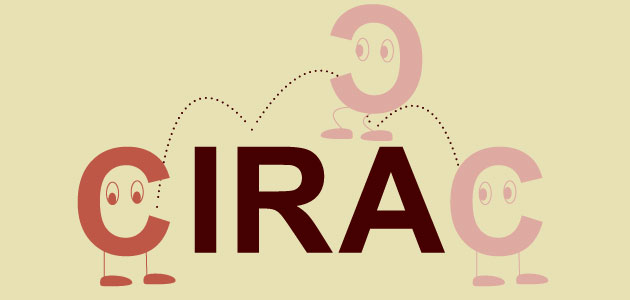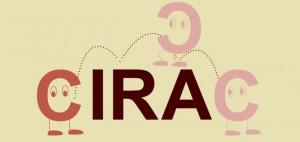In law school, the IRAC formula was drilled into our brains. As a result, most legal briefs are structured using the Issue, Rule, Analysis and Conclusion format. Let me suggest an alternative. Banish timidity and make your demands at the outset. Your reader doesn’t need to approve your analysis before hearing your version of the case’s definitive answer so…begin with your conclusion.
Why start with your conclusion? The beginning of your brief is valuable – it’s the launch pad, the moment when you have the most of your reader’s attention. Use that space to clearly set forth the proposed resolution and also demonstrate that you’re worth continuing on. (Importantly, although you should begin with your conclusion, you may want to actually draft the beginning last – after you’ve honed in on your story, your best arguments and the most compelling elements of your case.)
In addition to announcing your conclusion, use the opening to tell your case’s story. We’ve talked before about weaving an interesting narrative that grabs the reader, cleverly crafting the facts just like a New York Times reporter would.
Speaking of facts, when addressing case precedent later in your brief, spend time on the facts of those earlier cases. After all, the closer those facts are to yours, the more persuasive the precedent. And brand a precedential case like you would in a news story hook: Is it the most recent case? The most expensive? The most parallel? The most unique?
Also, as you weave through precedent, consider offering a meta assessment of your research. Highlight factual trends, for example. And rather than citing the zillions of cases that support your position, directly declare that no court has ever ruled the opposite.





0 comments on “Legal Writing Tip: Begin with Your Conclusion”